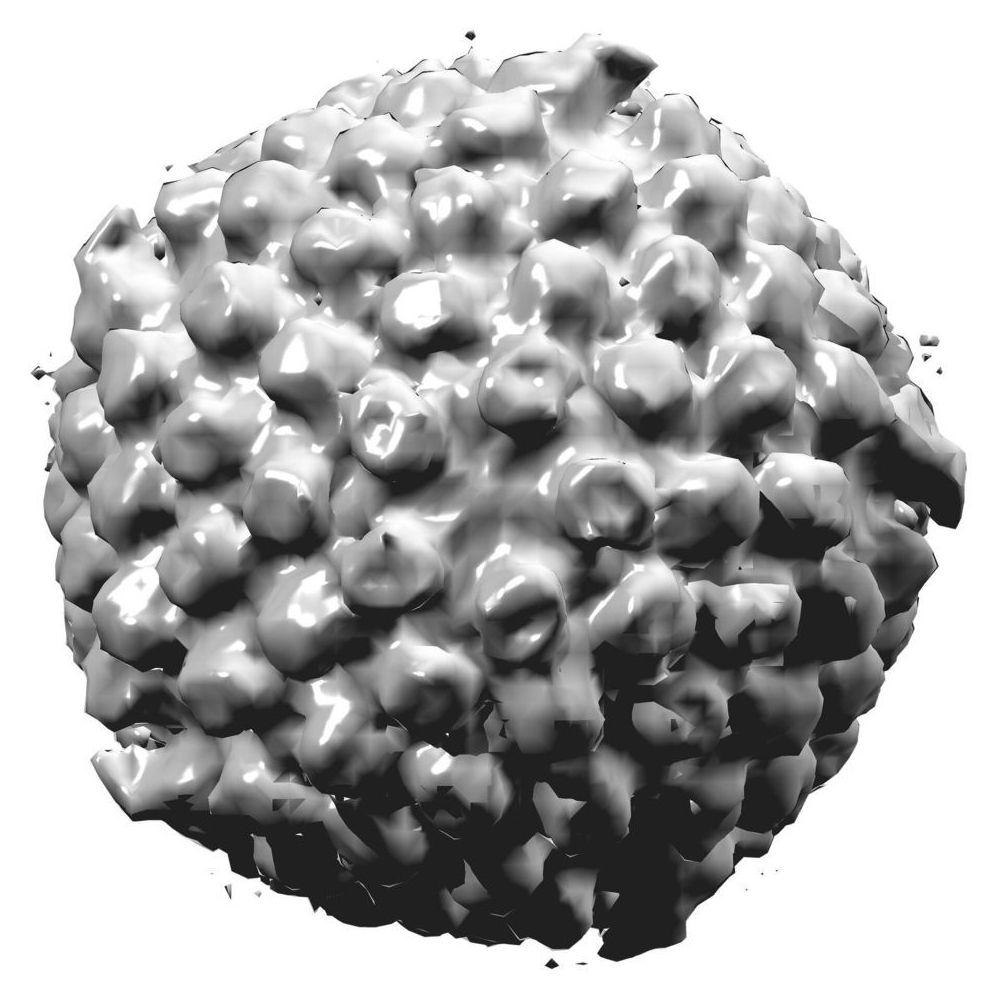Is it accurate?
Does it really show your so-called “biological vs. chronological” age?
And once you do get your results, how can you lengthen your telomeres?



Think about it. Your brain is always “on.” It takes care of your thoughts and movements, your breathing and heartbeat, your senses — it works hard 24/7, even while you’re asleep. This means your brain requires a constant supply of fuel. That “fuel” comes from the foods you eat — and what’s in that fuel makes all the difference. Put simply, what you eat directly affects the structure and function of your brain and, ultimately, your mood.
Like an expensive car, your brain functions best when it gets only premium fuel. Eating high-quality foods that contain lots of vitamins, minerals, and antioxidants nourishes the brain and protects it from oxidative stress — the “waste” (free radicals) produced when the body uses oxygen, which can damage cells.
Unfortunately, just like an expensive car, your brain can be damaged if you ingest anything other than premium fuel. If substances from “low-premium” fuel (such as what you get from processed or refined foods) get to the brain, it has little ability to get rid of them. Diets high in refined sugars, for example, are harmful to the brain. In addition to worsening your body’s regulation of insulin, they also promote inflammation and oxidative stress. Multiple studies have found a correlation between a diet high in refined sugars and impaired brain function — and even a worsening of symptoms of mood disorders, such as depression.

Tesla’s first Gigafactory in Reno, Nevada, has a well-documented place in the company’s history, both for how it helped Elon Musk ship his first mass-market electric car and because production problems there nearly doomed the automaker. But what’s been harder to come by is an account of the impact the factory has had on the town it was built for — until this week, that is. USA Today’s The City podcast spent an episode vividly retelling how Tesla’s first Gigafactory came to Reno with a deep dive into the way it’s changed the city.
The large-scale study got it right for 83 percent of participants. Would you take the blood test?


This could be happening to me.
An international research team led by Nanyang Technological University, Singapore (NTU Singapore) has found that microorganisms living in the gut may alter the aging process, which could lead to the development of food-based treatment to slow it down.
All living organisms, including human beings, coexist with a myriad of microbial species living in and on them, and research conducted over the last 20 years has established their important role in nutrition, physiology, metabolism and behavior.
Using mice, the team led by Professor Sven Pettersson from the NTU Lee Kong Chian School of Medicine, transplanted gut microbes from old mice (24 months old) into young, germ-free mice (six weeks old). After eight weeks, the young mice had increased intestinal growth and production of neurons in the brain, known as neurogenesis.


New research from Dr. Luis M. Schang and his group at the Baker Institute for Animal Health has identified a new mechanism that plays a role in controlling how the herpes virus alternates between dormant and active stages of infection.
The herpes virus causes cold sores and genital sores, as well as life-threatening infections in newborns, encephalitis and corneal blindness.
Treatment of the virus is difficult, because it hides out in nerve cells and emerges months or years later to reactivate the infection.
Drone shots have got more intricate and more complex as the years go on, and this compilation by Sam Kolder is one of the best examples of that.